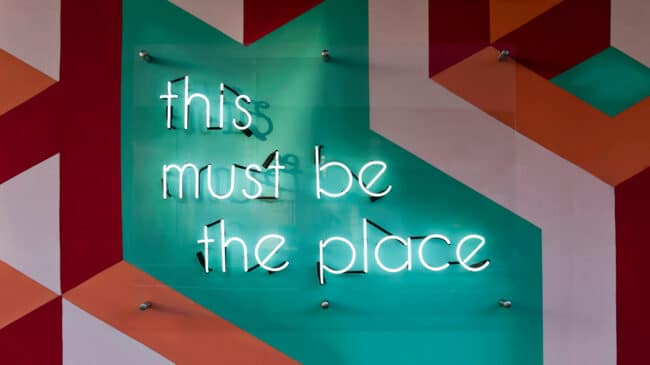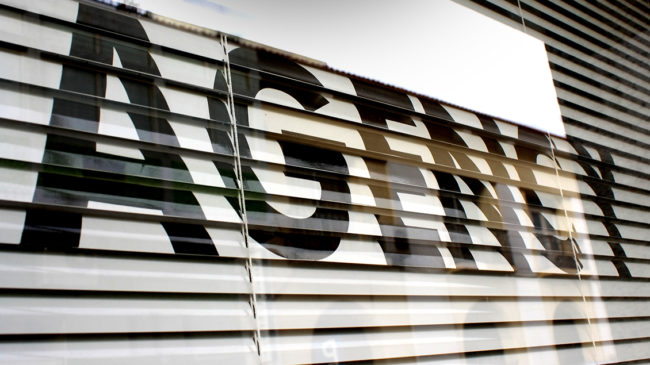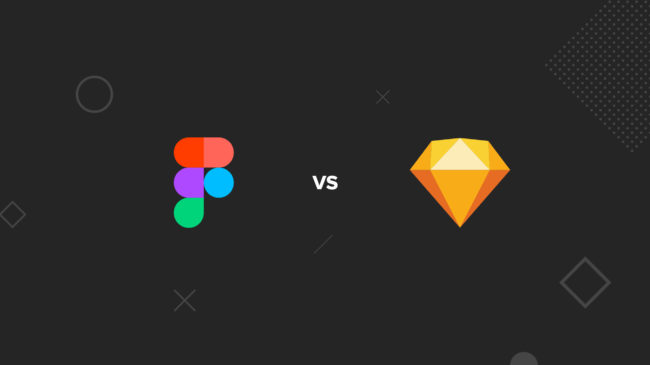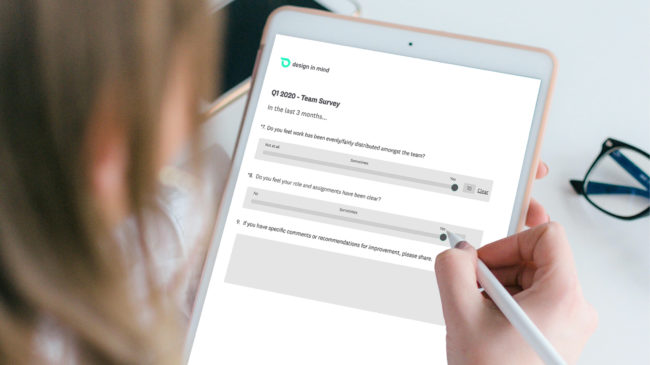HubSpot vs. Salesforce: Which CRM is Right for Your Design Agency?
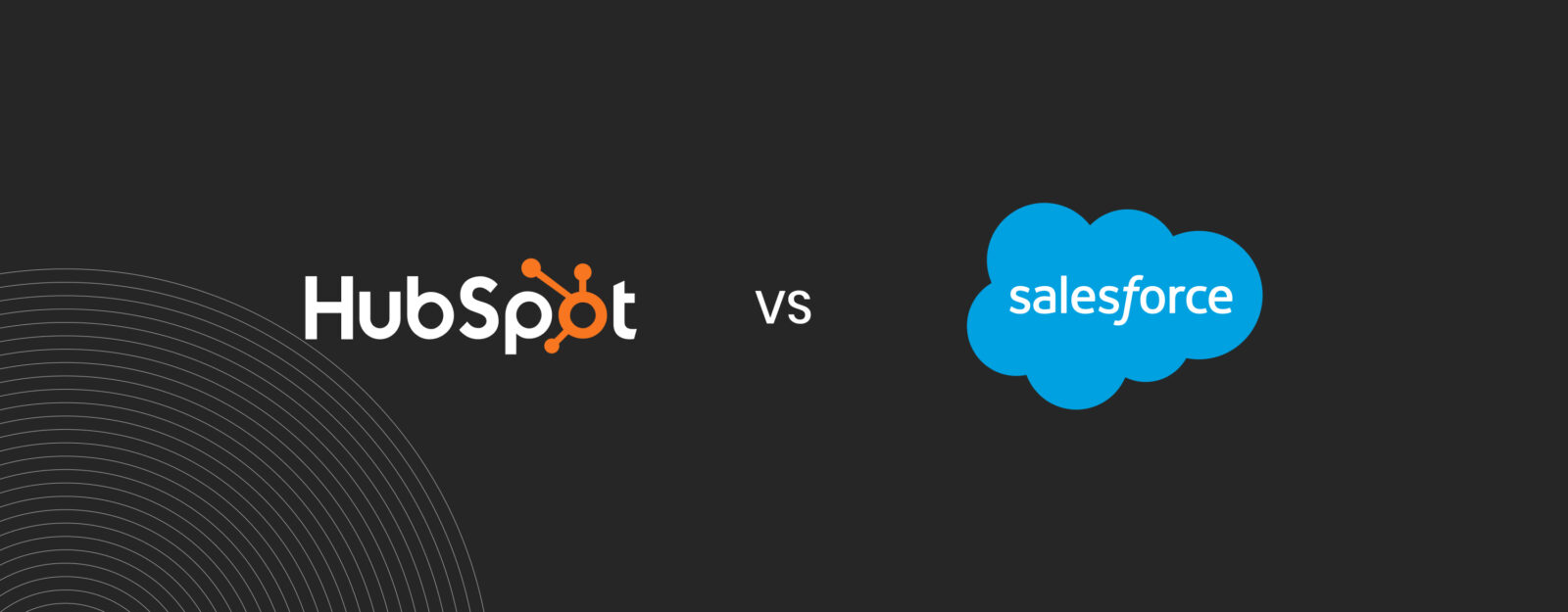
Let’s break down the pros and cons of each, so you can choose the right CRM for your agency’s needs.
HubSpot: Pros and Cons for Design Agencies
Pros:
- Easy to Use HubSpot’s user-friendly interface is perfect for busy design agencies that need to hit the ground running. It’s easy to learn, meaning less time spent training and more time focused on clients.
- All-in-One Tool HubSpot combines marketing, sales, and CRM into one platform. If your agency also handles email marketing or social media, it’s a seamless solution for keeping everything connected.
- Free Option HubSpot offers a free CRM with essential tools like contact management and tracking. For smaller agencies on a budget, it’s a solid entry point.
- Marketing Features If your agency leans into inbound marketing, HubSpot shines. Its SEO tools, blogging platform, and automation features make it easier to attract and nurture leads.
Cons:
- Limited Customization While it’s a great all-rounder, HubSpot’s customization options aren’t as advanced as Salesforce. If you need complex workflows, you might feel a bit restricted.
- Pricey as You Grow The free plan is great, but as you scale and need more features, costs can climb quickly, which might be tough for a growing agency.
- Basic CRM Features HubSpot works well for small to mid-sized clients, but if you’re dealing with larger corporate projects, you might find it lacks some advanced CRM tools.
Salesforce: Pros and Cons for Design Agencies
Pros:
- Highly Customizable Salesforce is all about customization. If your agency needs detailed client tracking or specialized workflows, you’ll have no problem tailoring it to fit your processes.
- Scalable Salesforce grows with you. Whether you’re managing a few clients or hundreds, it can handle the scale and complexity of your business.
- Advanced Reporting Salesforce’s reporting tools give you in-depth insights into client performance, campaigns, and more. This is great for agencies that rely on data-driven decisions.
- Integration Options Salesforce integrates with just about everything. If you use tools like Slack or Google Drive, it will fit into your workflow without a hitch.
Cons:
- Steep Learning Curve With great power comes a steeper learning curve. Implementing Salesforce can take time, and for a smaller team, it might be more than you need initially.
- Higher Costs Salesforce is a bigger investment. For boutique agencies with tighter budgets, the costs of customization and training can add up fast.
- Too Much for Small Teams If you’re a smaller agency, Salesforce might feel like overkill. It’s loaded with features, but sometimes less is more when you just need the basics.
Conclusion
Which One Should You Choose?
- Pick HubSpot if you’re a smaller agency looking for something simple, affordable, and focused on marketing.
- Pick Salesforce if your agency is growing fast, needs advanced customization, and you have the resources to handle a more complex CRM.
Both tools can help your boutique design agency thrive—it’s just about figuring out what’s most important to your team right now.






